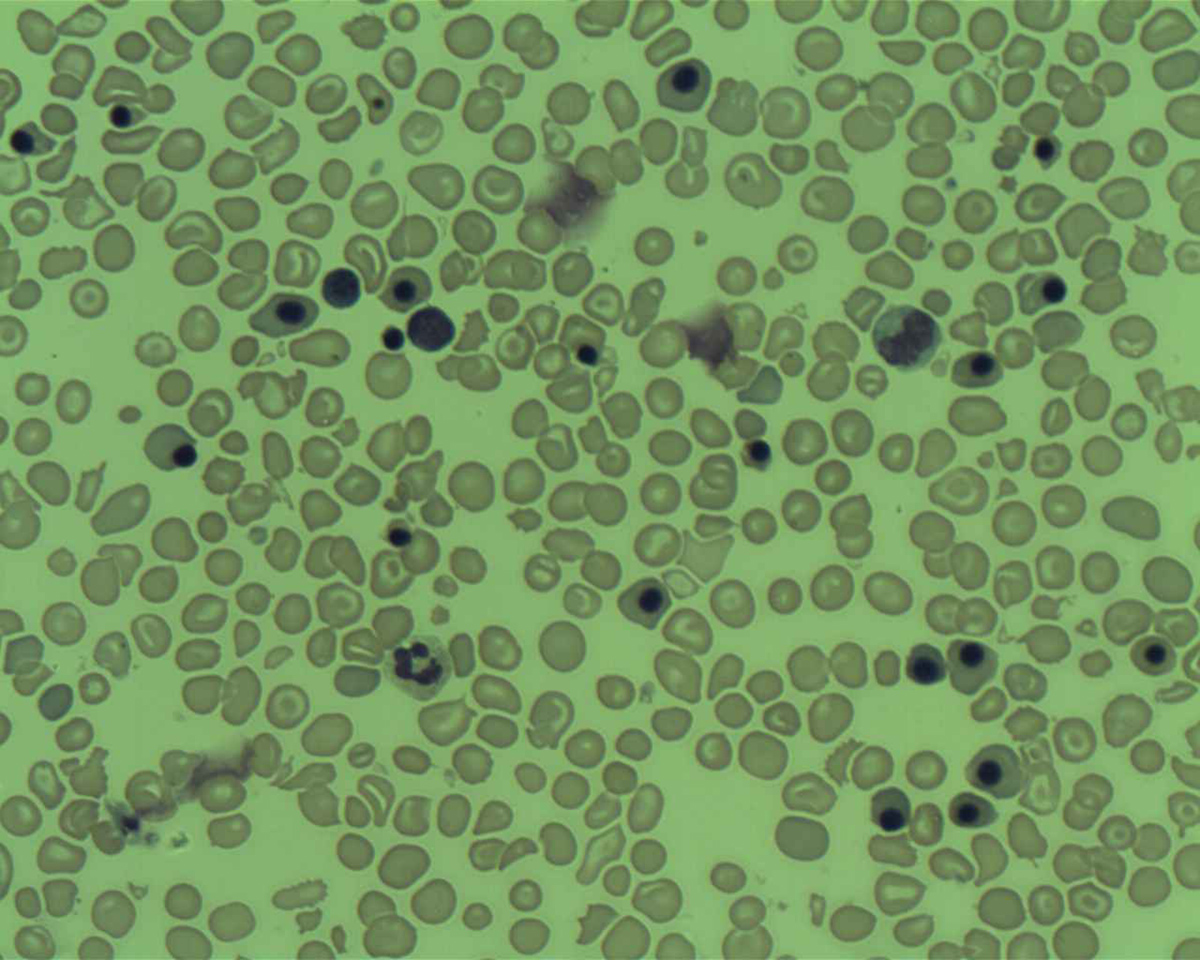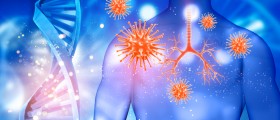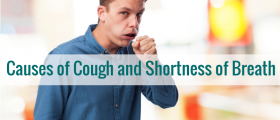
What is hypoxemia and what are the main characteristics?
Hypoxemia is a medical term for the condition in which the supply of oxygen to the cells is either decreased or interrupted, which means that oxygen level in the body is much lower than it should be. This condition definitely has a negative effect on the whole body and its functioning, and in some cases it can even be life-threatening or have a fatal outcome.
The symptoms that can indicate this condition are shortness of breath in the first place, and then headaches, tiredness, anxiety, confusion, and disorientation. However, all these symptoms indicate milder cases, while those that are severe and that require medical help are indicated by bluish color of the skin, irregular breathing, increased blood pressure, increased heartbeat rate, and even ventricular fibrillation and coma are possible.
Still, since several other conditions have very similar symptoms, hypoxemia may easily be misdiagnosed, which is why, in order to officially diagnose hypoxemia, the level of oxygen in the blood has to be measured by oximeter, which has to be clipped onto one’s finger. All the values that are under 90 - 80 % are considered to be low, and they do need a medical treatment.
What are the causes ofhypoxemia?
Once the diagnosis is set, it is necessary to determine what provoked hypoxemia, and there are several possible causes. Some of them are hypoventilation, which means that the oxygen content is decreased, while the level of carbon dioxide is increased; the condition known as left to right shunt, which is characterized by the blood being transferred from the left side of the heart to the right.
Other frequent causes are anemia, obstruction of the airway, various heart diseases, various diseases of lungs, such as pneumonia, pulmonary edema, pulmonary embolism, pulmonary fibrosis, interstitial lung disease and others, though shock or, for example, high altitudes can also cause hypoxemia. Some medications such as narcotics and anesthetics may also cause it.
People who suffer from chronic shortness of breath may take a few steps on their own, in order to prevent this symptom from getting worse. Some of such steps are quitting smoking, avoiding the exposure to the secondhand smoke, and regular exercising, which can improve the overall health and strengthen the respiratory muscles. However, if the condition requires medical treatment, it will include supplemental oxygen therapy and transfusion of packed red blood cells.

















Your thoughts on this
Loading...